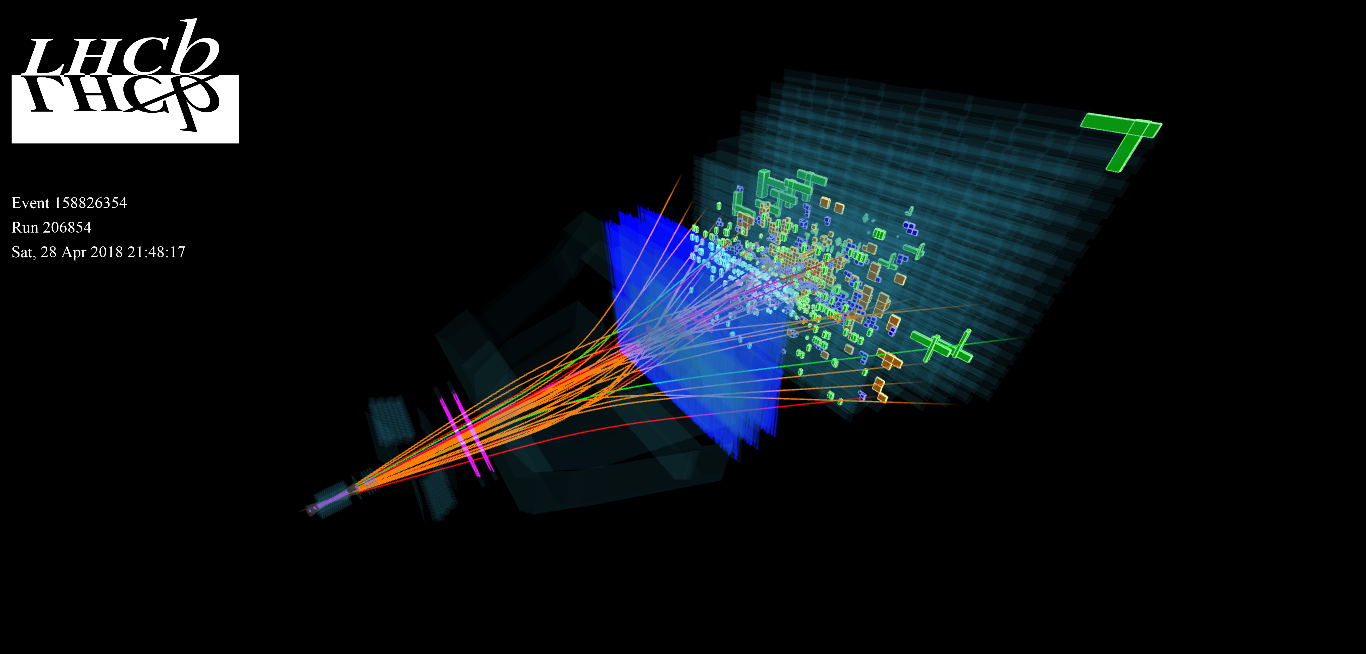

|
|
INTERESTING NEW RESULTS
On March 23, 2021, CERN announced that
the LHCb new results that show possible violations of
the Standard Model. The LHCb was comparing two
particles beauty quarks decay into. The first particle
is an electron and the second is a muon. Muons are
elementary particles similar to electrons but
significantly heavier. These two particles are types
of leptons. According to the Standard Model, when a
particle decays into different types of leptons the
probability of it decaying into each type should be
equal. This concept is referred to as lepton
universality. Though muons have more mass than
electrons, when a beauty quark decays, they should
produce each type in similar abundances. The new results released by CERN
indicate that beauty quarks are more likely to decay
into electrons than muons. This violation could
indicate physics beyond the Standard Model. These
findings are not entirely conclusive yet as it is rare
to see beauty quarks decay into electrons and muons.
When this event occurs, there is a ratio of 85 muons
to every 100 electrons. Although this difference is
small it has persisted. |
|

|
|
FUTURE
EXPERIMENTATION
|
|
RESULTS FROM THE LHCB
|